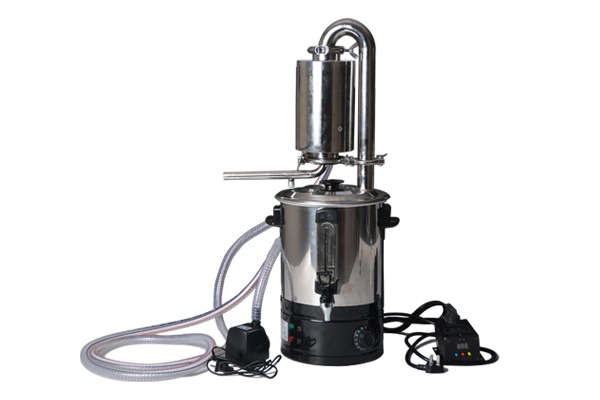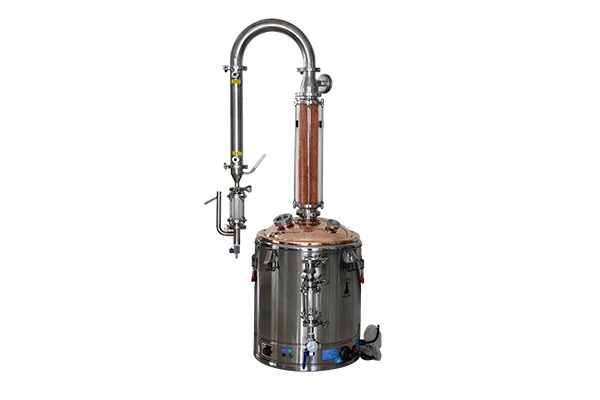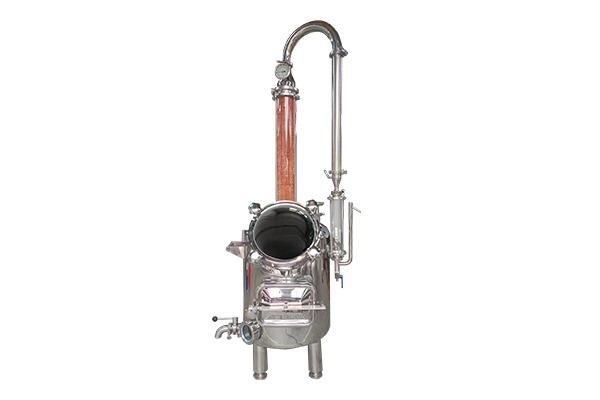What is the difference between herbal extract and essential oil?
Preparation methods
- Herbal extracts: Herbal extracts are typically prepared by extracting active compounds from plants using water, alcohol, or other solvents. This extraction process may involve techniques such as maceration, percolation, or decoction.
- Essential oils: Essential oils are typically obtained through processes such as steam distillation, cold pressing, or solvent extraction from various parts of plants, including flowers, leaves, bark, roots, or fruits.
Composition
- Herbal extracts: Herbal extracts contain a wide range of active compounds present in the plant, such as phenolic compounds, alkaloids, flavonoids, etc., resulting in a more complex chemical composition.
- Essential oils: Essential oils consist mainly of volatile aromatic compounds found in plants, such as terpenes, phenols, aldehydes, etc., giving them their characteristic fragrance.
Applications
- Herbal extracts: Herbal extracts are commonly used in medicinal products, dietary supplements, cosmetics, etc., due to their diverse pharmacological effects, including anti-inflammatory, antioxidant, wound-healing properties, among others.
- Essential oils: Essential oils are primarily used in aromatherapy, massage therapy, and fragrance applications for their therapeutic benefits such as relaxation, mood enhancement, stress relief, as well as in skincare, cleaning, and aromatization.

XJ Essential Oil Extraction
Model: 10-55L
Total height: 70-105(cm)
Filling amount: 1.5-10(kg)
Hydrosol amount: 2.5-25(kg)
CE&ISO Certified


Get a quote now!
What is the best extraction method for essential oils?
Steam Distillation
This is one of the most common methods, suitable for many plants. In steam distillation, plant material is placed in a distillation apparatus, and as steam passes through, the essential oil is extracted and condensed along with the steam. The resulting liquid mixture is collected and separated into essential oil and water.
Cold Pressing
This method is used for extracting oils from citrus fruits. With cold pressing, the fruit peel is pressed to extract the essential oil. This method doesn’t involve heat, preserving more of the essential oil components.
Solvent Extraction
Solvents like ethanol or supercritical carbon dioxide are used to extract essential oil components from plants. The plant material is soaked in the solvent, and then the solvent is evaporated, leaving behind the essential oil. This method can extract a wider range of oil components but requires careful handling of solvent residues.
Infusion
Similar to solvent extraction but without using chemical solvents. Instead, the plant material is steeped in carrier oils like vegetable oil. This allows the essential oil components to transfer into the oil. Afterward, the plant material is filtered out, leaving behind the oil infused with essential oil.
Supercritical Fluid Extraction
This method uses high pressure and temperature carbon dioxide as a solvent to extract essential oil components from plants. Supercritical carbon dioxide exhibits properties between liquid and gas, efficiently extracting essential oil components without leaving residues after evaporation.
